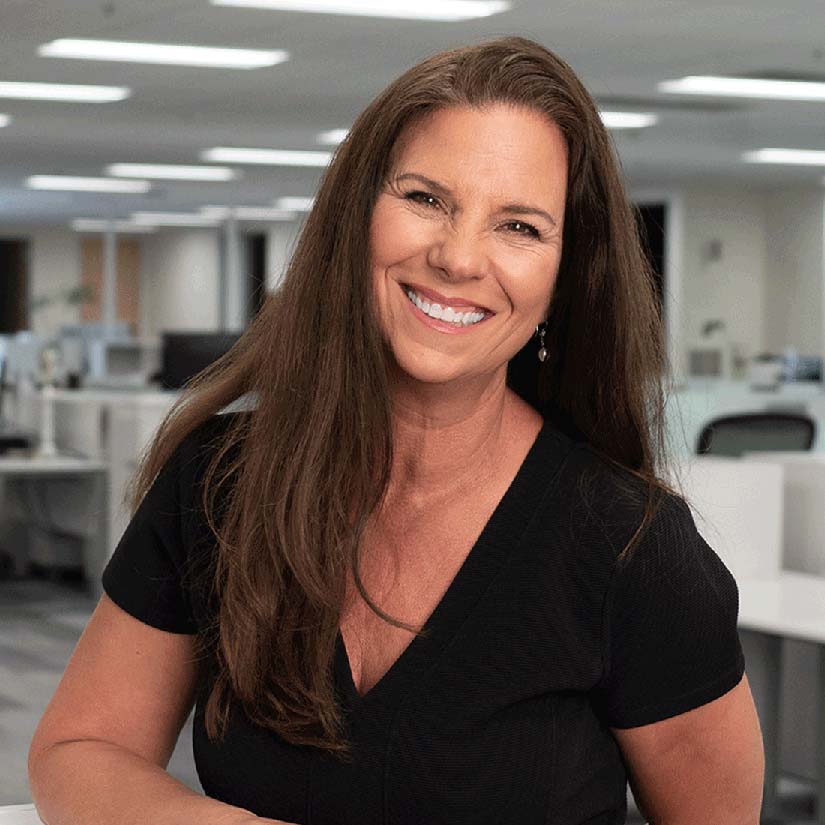Are You Brave Enough to be Vulnerable?
Sharing a story about yourself makes you vulnerable. Since stories are about transformation, telling a personal story requires you reveal a flaw, error, or a roadblock that was a difficult to overcome. Professionals are nervous to reveal their struggles at their place of work for fear it will open them up to judgment or criticism.
Many of the clients who come into my shop shy away from using personal stories to illustrate their points, even though it’s one of the most powerful tools a presenter can use. They’ll say things like, “I don’t want the presentation to be all about me,” “I don’t have any good stories,” or, “I can’t reveal too much about myself.” The truth is they just don’t want to be vulnerable. But it’s worth the risk. People are drawn to the transformative power of vulnerability because it’s rare to see influential people share something from their personal lives, especially something that they struggled with, but also because these stories draw people closer to you — and to your message.
It feels natural to tell stories around the dinner table with friends but somehow our ability to be vulnerable declines in professional settings. So, how do you successfully tell a transformational story about yourself? Use a simple three-act structure. First, you have to establish yourself as likeable so your listeners will root for you. Then, explain how you encountered a problem (at first you resisted, but eventually you accepted the challenge). Then, you conclude by making it self-evident how you changed or transformed in the process. (See the full Hero’s Journey.)
This may seem like a pretty easy formula to follow, but a lot of people have trouble with it. Not only is telling a good story a skill that some have spent a lifetime trying to perfect, but, again, telling a good story means that the main character (in this case, that’s you) must change somehow, which means there must be something worth changing. Translation: You have to be wrong, knocked down, or otherwise at a disadvantage. This isn’t a flattering light to start from, and many people end up cutting this part for fear of damaging their reputation. But it’s the low points of a story that make the high points seem so high, not only by themselves, but by comparison. And like seeing a movie that you know is based on a true story, there’s something even more powerful about hearing highs and the lows straight from the people themselves.
For example, take this TED Talk from ER physician Brian Goldman.
In this talk, Goldman makes the argument that doctors are human and that it’s only by admitting their mistakes that the medical profession will be able to build safeguards that will protect patients. To illustrate his point, Goldman does the unthinkable: He admits to two errors, one that ended up costing a woman her life and one that almost cost a young man his. It would have been very easy for Goldman make his point using stories that he’s overheard or studied. But would his story have been as powerful? Not even close. By telling the story the way he did, Goldman draws attention to his point, but also causes the audience to take a closer look at their own mistakes and the mistakes of others.
So, in your next presentation, when you’re tempted to skip over something that makes you uncomfortable or something that may not show you in the best light, think about why you’re avoiding it. Then, ask yourself, “Is there a message in what I learned that will make my presentation better? And am I brave enough to use it to my advantage?”
TOPICS:
Delivery, Power Skills, Presenting, Public speaking
Learn from the pros
Gain insight on effective presentation strategies
From developing presentation skills to designing PowerPoint® presentations, we invite you to join the 200,000 people who leverage our extensive resource library.

